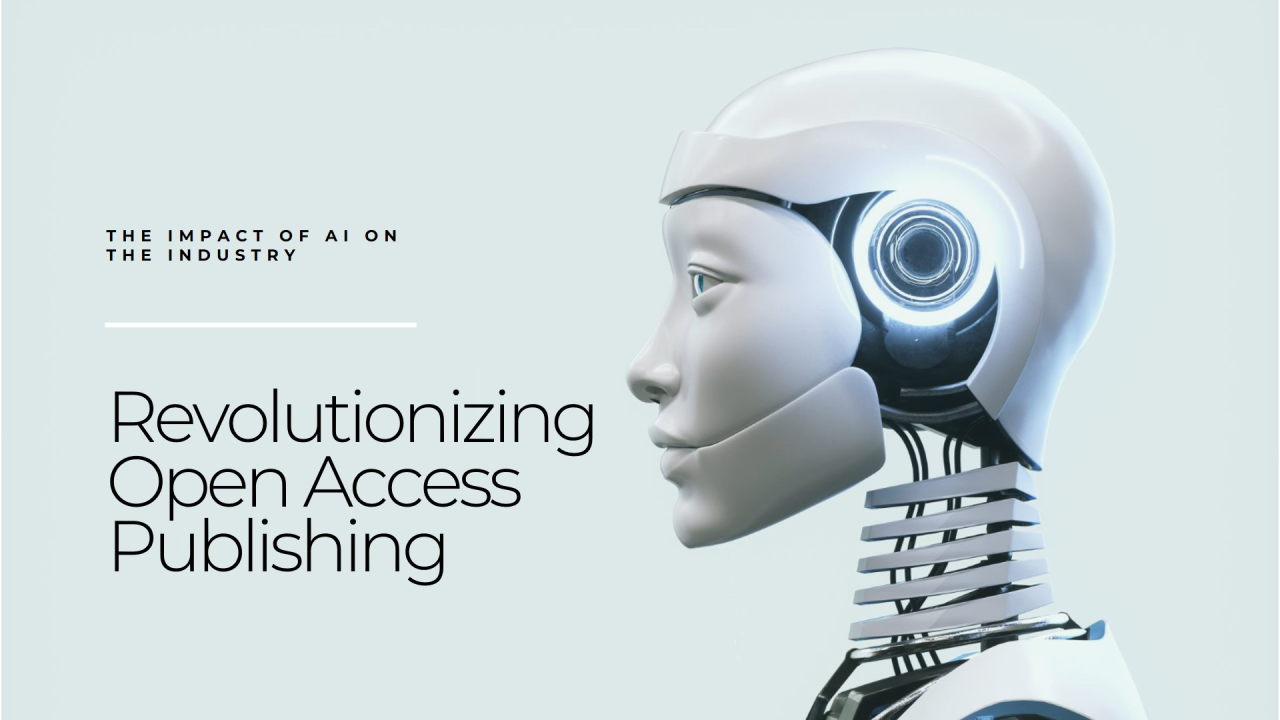CURRENT ISSUE
No Current Issue
Biomechanics and Biorobotics
Biomechanics and Biorobotics
Scope
Biomechanics and biorobotics integrate mechanical engineering principles with biological systems to improve healthcare, human movement, prosthetics, and robotic-assisted rehabilitation. These fields involve computational modeling, wearable robotic devices, bio-inspired systems, and AI-driven medical innovations that enhance human mobility and performance.
The increasing demand for prosthetic advancements, soft robotics, and medical exoskeletons highlights the critical role of biomechanics in healthcare, sports science, rehabilitation, and robotics.
Objectives
This section aims to:
- Advance research in human motion analysis, prosthetics, and exoskeleton technology.
- Explore the integration of AI in biomechanical modeling and rehabilitation devices.
- Develop bio-inspired robotics and soft robotic systems for medical applications.
- Enhance understanding of musculoskeletal mechanics and biological tissue behavior.
Topics Covered
The journal welcomes original research articles, case studies, and review papers in the following areas:
1. Human Motion Analysis and Musculoskeletal Biomechanics
- Computational modeling of human movement
- Kinematic and kinetic analysis in sports biomechanics
- Biomechanical assessment of injury prevention and rehabilitation
- Gait analysis and orthopedic biomechanics
2. Prosthetics and Wearable Robotics
- Smart prosthetic limbs with AI-driven adaptation
- Bio-integrated sensors for real-time motion feedback
- Wearable exoskeletons for mobility assistance
- Neural interface systems for prosthetic control
3. Soft Robotics and Bio-Inspired Mechanical Systems
- Bio-inspired actuators and flexible robotic systems
- Soft materials for adaptive robotic motion
- Artificial muscle technologies in robotic applications
- Self-healing and shape-memory materials in robotics
4. Computational Biomechanics and Medical Simulations
- Finite element analysis (FEA) in orthopedic biomechanics
- AI-based simulations for predicting injury recovery
- Tissue mechanics and computational modeling of biological structures
- Personalized medicine through biomechanical simulations
5. Biomedical Devices and Rehabilitation Engineering
- Assistive devices for disabled individuals
- Smart rehabilitation systems using robotics
- AI-powered diagnosis in orthopedic treatments
- Brain-computer interfaces for motion control
6. AI and Machine Learning in Biomechanics and Biorobotics
- AI-driven analysis of motion disorders
- Digital twin applications for biomechanical simulations
- Deep learning for muscle activation and movement prediction
- Predictive modeling of rehabilitation outcomes
Research Significance
Biomechanics and biorobotics are revolutionizing healthcare, sports science, and human-machine interactions by combining advanced engineering, AI, and medical expertise. These advancements enhance quality of life, enable better rehabilitation, and improve prosthetic functionality through intelligent, adaptive, and bio-inspired technologies.
Through Vectron: Journal of Advanced Mechanical Sciences, researchers and industry professionals can share pioneering developments, experimental findings, and computational insights shaping the future of biomechanics and robotic-assisted healthcare.















